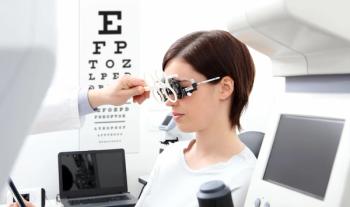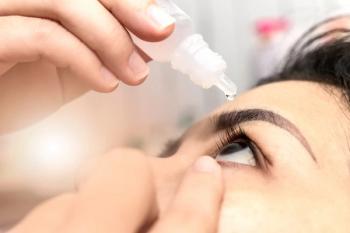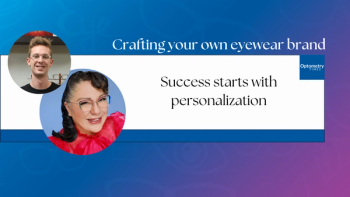
CooperVision alliance creates net plastic neutral contact lenses
A partnership with Plastic Bank offers a sustainable choice in contact lens wear
CooperVision’s partnership with Plastic Bank will make its clariti 1 day contact lens family the first net plastic neutral contact lenses. The initiative gives eye care professionals and their patients the ability to positively affect the environment with sustainable options.
Plastic Bank reprocesses materials for reintroduction into the global supply chain. For every box of clariti 1 day lenses distributed in the United States, CooperVision is funding an equal amount of general plastic waste to be collected, processed, and resused.
“Plastic plays a critical role in the hygienic delivery and sterile protection of our contact lenses, and how that plastic is managed is important to us,” says Melissa Kiewe, vice president of marketing, Americas, CooperVision. “The commitment to making clariti 1 day net plastic neutral is the next step in CooperVision’s sustainability journey, and provides an opportunity for eye care professionals to offer even more value to their patients.”
U.S. consumers are paying more attention to sustainability than in years past.1 The Recycling Partnership conducted a survey in 2020 showing that 70% of Americans would go out of their way to support a company making strong efforts to be sustainable.1 The study revealed that 78% of consumers were more conscious of supporting sustainable companies in 2020 than they were in 2015.
Reference
1. The Recycling Partnership. May 28, 2020. Accessed March 22, 2021.
Newsletter
Want more insights like this? Subscribe to Optometry Times and get clinical pearls and practice tips delivered straight to your inbox.
















































.png)


